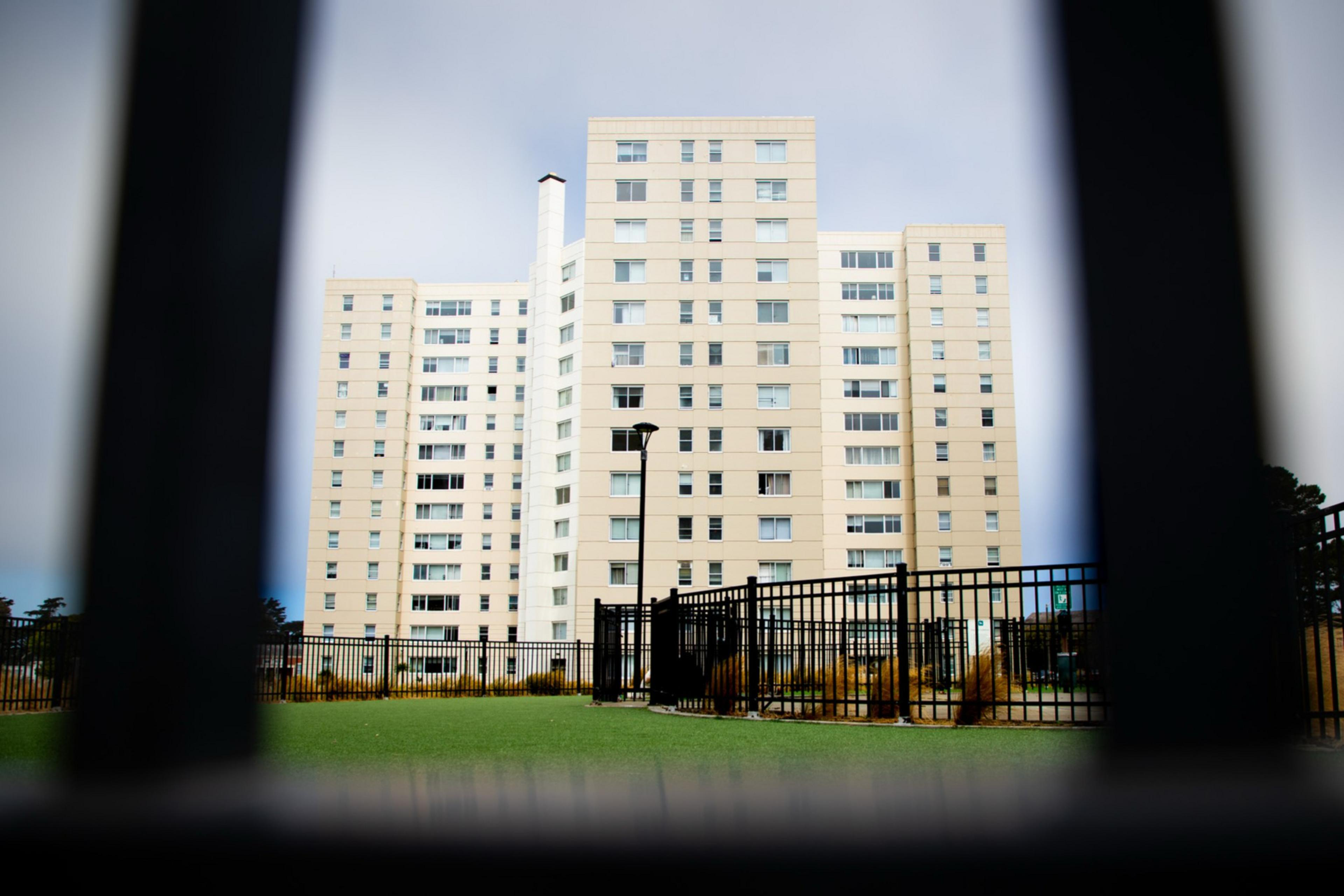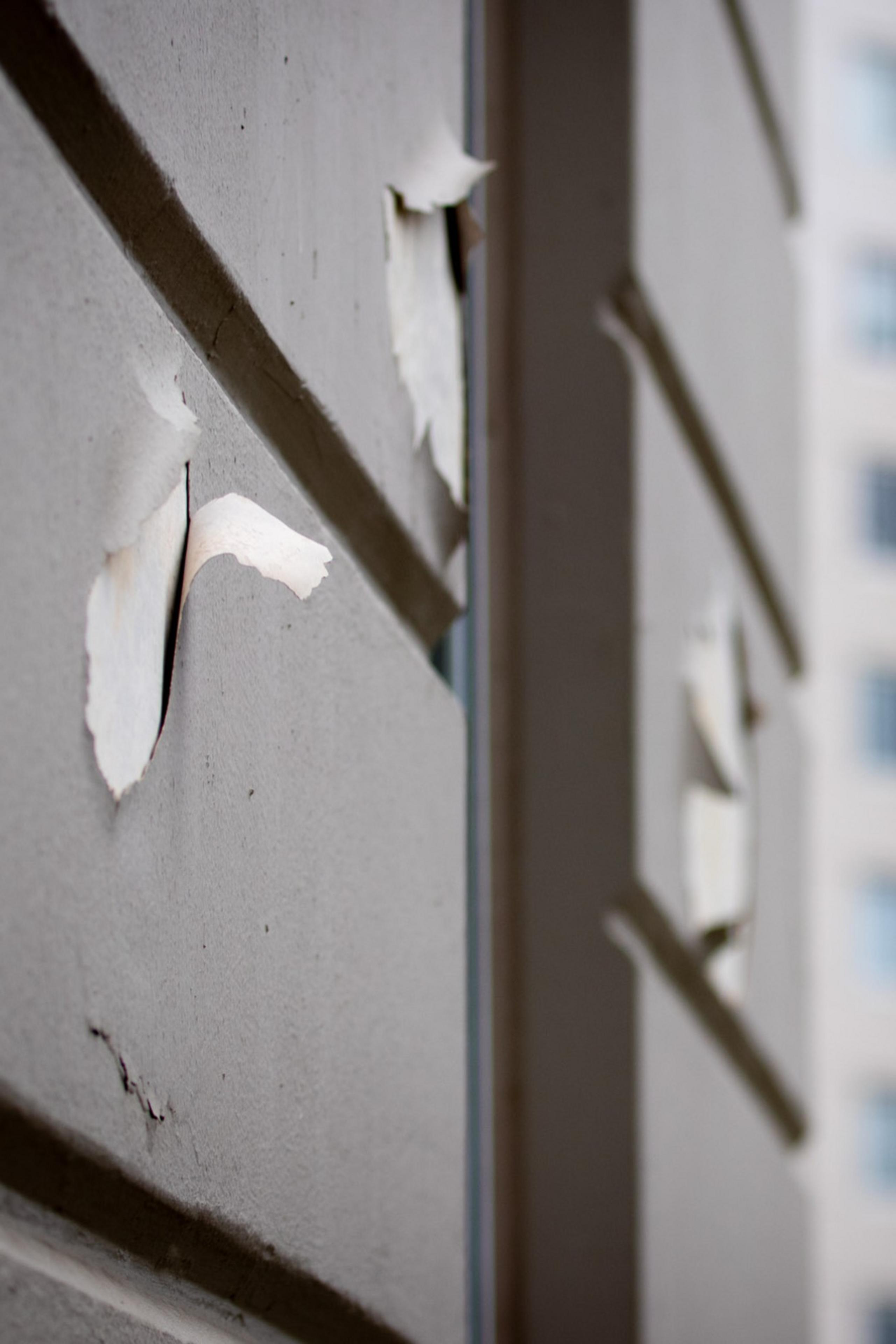In Quentin Tarantino’s “Pulp Fiction,” two characters, faced with cleaning an impossible crime scene, are forced to phone a fixer known as “The Wolf (opens in new tab).”
Similarly, when disasters strike in the world of business, the courts call on their own version. Michele Vives is one of those people, and she has inherited what is arguably San Francisco’s biggest real estate mess: Parkmerced, the 152-acre community in the city’s southwest corner, with capacity for more than 9,000 residents.
In March, the president of Douglas Wilson Companies, a firm specializing in navigating chaotic business situations, took control of the city’s largest residential complex after its owner, Maximus Real Estate Partners, defaulted on $1.8 billion in loans and left the property to languish.
Vives and her colleagues are a part of a niche group of professional problem-solvers in hot demand as the real estate industry churns through record levels of delinquent debt stemming from the pandemic.
Known as receivers, individuals like Vives parachute in as neutral third parties to take possession of distressed properties and stabilize them so lenders or creditors can recoup as much value as possible. In addition to real estate, Vives’ team was chosen in 2022 to conduct a forensic analysis of a $650 million Hollywood Ponzi scheme (opens in new tab) in an effort to reclaim funds for fraud victims.


Vives said her priorities at Parkmerced are to bring the World War II-era complex up to code and attract tenants through capital improvement projects and addressing quality-of-life complaints. The first order of business was replacing all water heaters and boilers in the complex’s 11 apartment towers.
“We knew it was going to be bad, but the level of deferred maintenance we inherited, quite frankly, was shocking,” Vives said. Since getting the Parkmerced keys in March, she’s flown to San Francisco nearly every week from Southern California to oversee the turnaround, walking cadres of architects, engineers, and contractors through the property.
Maximus did not respond to a request for comment.
Water damage has been a killer. The towers at Parkmerced were constructed of concrete, so the exterior paint was the only defense against the elements. Eighty years later, those facades are either chipping off or bubbling up with water, leaving the interiors vulnerable to dry rot.
DWC was approached regarding the project to review their capabilities and resources available to step in. Thereafter, it was selected and appointed in March.



In recent years, Maximus presided over a litany of property and personal-safety issues, (opens in new tab) and Parkmerced’s occupancy rate plummeted to less than 70%; it is now at 80%.
One way DWC aims to win back residents’ confidence — and get that number north of 90% — is to hire more than 70 property managers from Brick + Timber, an affiliate of Ballast Investments, who will live on-site so that issues are identified faster. Another operational tweak is buying spare elevator parts in bulk so technicians don’t have to wait for products to arrive in order to make repairs.
“We just need to start doing stuff, period,” Vives said. “There’s a bunch of low-hanging [fruit] that we can deal with today that will immediately make people’s lives better.”
To pay for improvements, receivers like DWC are granted access to a limited cash reserve set aside by the lender exclusively for maintaining a property. Any positive cash flow DWC can drum up will be routed back into improvements. In total, Vives said, the receiver plans to invest more than $70 million in Parkmerced.
“We are at a pivotal moment with Parkmerced to steer the ship in the right direction,” said Supervisor Myrna Melgar, whose staff has fielded the brunt of resident complaints in recent years. “I am relieved that the court-assigned receiver recognizes the needs of our existing tenants and is willing to invest in improving the property.”
Maximus, which is led by New York developer Robert Rosania, acquired control of Parkmerced 20 years ago. After nearly defaulting on the original mortgage, the group entitled a redevelopment plan (opens in new tab) that proposed replacing 1,500 rent-controlled townhomes with 7,200 new units over a span of 20 to 30 years, as well as public infrastructure enhancements such as realigning the Muni M line.


But 14 years since those city approvals, the project has yet to break ground. Additionally, there are residents who have failed to pay rent since state lawmakers put a pandemic-era moratorium, since lifted, on evictions. Vives estimated the amount of defaulted rent at nearly $8 million.
“When [Rosania] thinks he’s about to tear buildings down, he’s probably thinking, why spend on them?” she said.
Vives said DWC hopes to renovate more than 400 units in order to attract residents. A one-bedroom apartment at Parkmerced is larger than the city’s average, at around 900 square feet; a two-bedroom townhome averages 1,100 square feet.
The receiver is also hoping to reopen the complex’s Montessori school, which closed a year and a half ago.
But not everything can be fixed by the receiver. The playgrounds, for example, won’t be replaced because of liability concerns, and the sidewalks, which are undergoing accessibility renovations, must be handled by the city.
Vives said that while Parkmerced is not the most complex receivership she has handled, it’s the largest.
“We understand that real estate tends to work in cycles,” she said. “What do you do when you can’t build new buildings? You find problems to solve. There’s always a business for that.”
